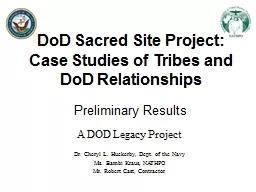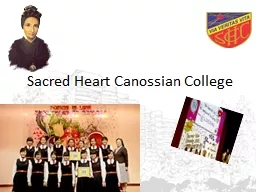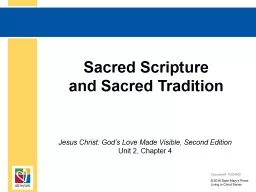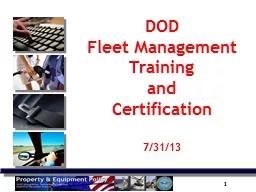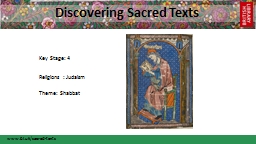PPT-DoD Sacred Site Project:
Author : yoshiko-marsland | Published Date : 2019-11-07
DoD Sacred Site Project Case Studies of Tribes and DoD Relationships Preliminary Results A DOD Legacy Project Dr Cheryl L Huckerby Dept of the Navy Ms Bambi Kraus
Presentation Embed Code
Download Presentation
Download Presentation The PPT/PDF document "DoD Sacred Site Project:" is the property of its rightful owner. Permission is granted to download and print the materials on this website for personal, non-commercial use only, and to display it on your personal computer provided you do not modify the materials and that you retain all copyright notices contained in the materials. By downloading content from our website, you accept the terms of this agreement.
DoD Sacred Site Project:: Transcript
Download Rules Of Document
"DoD Sacred Site Project:"The content belongs to its owner. You may download and print it for personal use, without modification, and keep all copyright notices. By downloading, you agree to these terms.
Related Documents

